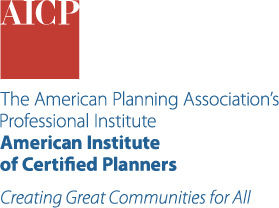Zoning to Promote Health and Physical Activity
Zoning Practice — June 2004
By Marya Morris, FAICP

In the mid-1990s, public health experts began to focus their attention on the extent to which the built environment can either help or hinder the public's ability to become or stay healthy. While the recent flurry of media and professional attention paid to the planning and public health connection may make the issue seem new, the two disciplines have a long shared history.
Today, the health focus on zoning and subdivision regulations (and the plans that support them) is aimed at understanding the impacts of the regulations and the actions necessary to mitigate the negative effects on today's predominant health problems, which include obesity and overweight, cardiovascular disease, and diabetes.
This issue of Zoning Practice discusses how zoning can support health and physical activity by encouraging or requiring pedestrian- and bicycle-friendly infrastructure and development patterns.
Details
About the Author
Marya Morris, FAICP
<p>Marya Morris, FAICP, is a Principal Planner with Kendig Keast Collaborative, a planning and zoning consulting firm with a national practice. She specializes is comprehensive updates to city and county zoning, subdivision, and land development regulations. Earlier in her career she served for many years as a Senior Research Associate at the American Planning Association, where she authored nine Planning Advisory Service Reports and led multiple research initatives, including groundbreaking work with the CDC and Robert Wood Johnson Foundation to re-integrate public health objectives into planning and community design, among other topics. She was a member of the Glencoe, Illinois, Plan Commission from 2009-2017.</p>


